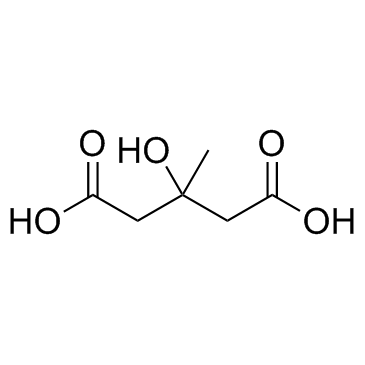Flax lignans--analytical methods and how they influence our lunderstanding of biological activity.
Alister D Muir
文献索引:J. AOAC Int. 89(4) , 1147-57, (2006)
全文:HTML全文
摘要
Flaxseed (Linum usitatissimum L.) is a major source of dietary intake of lignans by virtue of the high concentrations (0.7-1.5%) that are present in the seed. The principal lignan present in flaxseed is secoisolariciresinol diglucoside (SDG), which occurs as a component of a linear ester-linked complex in which the C6-OH of the glucose of SDG is esterified to the carboxylic acid of hydroxymethylglutaric acid. Also present in flaxseed and in resulting lignan extracts are significant quantities of 2 cinnamic acid glycosides. Our emerging understanding of the biological activity of flax lignans is based on studies using a variety of materials ranging from whole ground seed to pure SDG. The underlying assumption of most of these studies is that the biological activity of flax lignans results from their conversion to the mammalian lignans enterolactone (EL) and enterodiol (ED). There are, however, several intermediate compounds generated during the digestion and metabolism of flax lignans, including SDG and its aglycones and secoisolariciresinol (Seco), that are good candidates to be the principal bioactive molecule. This review will document the history of the development of lignan analytical methods and illustrate how analytical methods have influenced the interpretation of animal and human trials and our understanding of the biological activity of flax lignans.
相关化合物
| 结构式 | 名称/CAS号 | 分子式 | 全部文献 |
|---|---|---|---|
 |
美格鲁托
CAS:503-49-1 |
C6H10O5 |
|
NMR spectroscopic studies on the late onset form of 3-methyl...
2006-04-01 [NMR Biomed. 19(2) , 271-8, (2006)] |
|
Unimolecular reaction chemistry of a charge-tagged beta-hydr...
2014-12-07 [Phys. Chem. Chem. Phys. 16(45) , 24954-64, (2014)] |
|
Mitochondrial DNA depletion associated with partial complex ...
2001-02-01 [J. Child Neurol. 16(2) , 136-8, (2001)] |
|
Induction of oxidative stress by the metabolites accumulatin...
2008-03-12 [Life Sci. 82(11-12) , 652-62, (2008)] |
|
Neurochemical evidence that 3-methylglutaric acid inhibits s...
2011-02-01 [Int. J. Dev. Neurosci. 29(1) , 1-7, (2011)] |